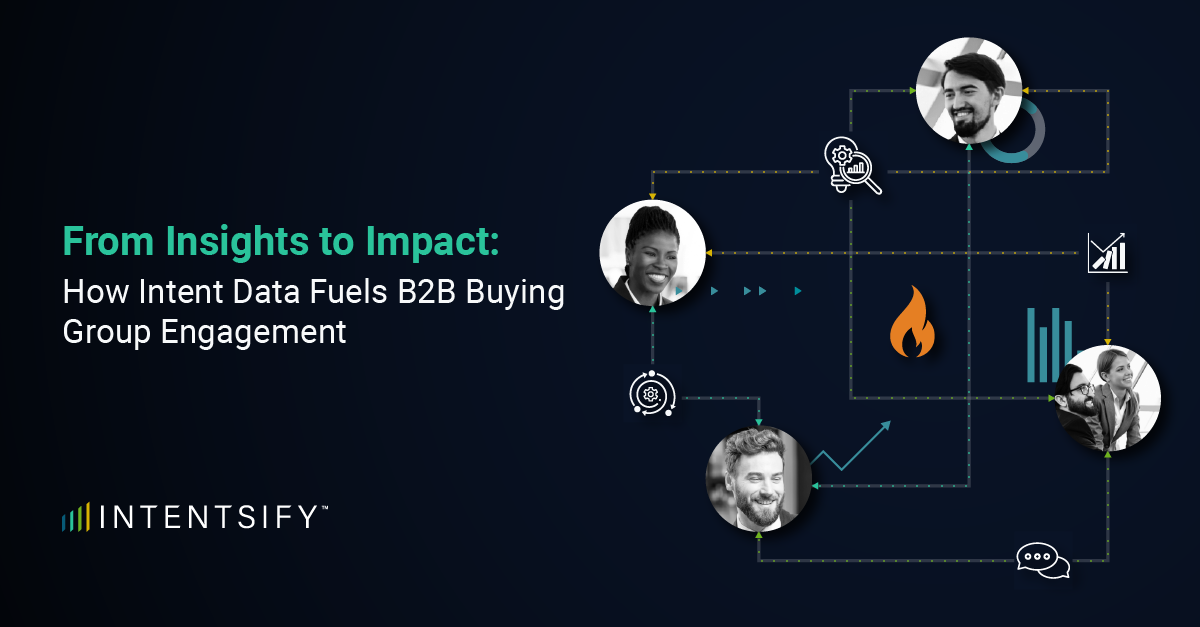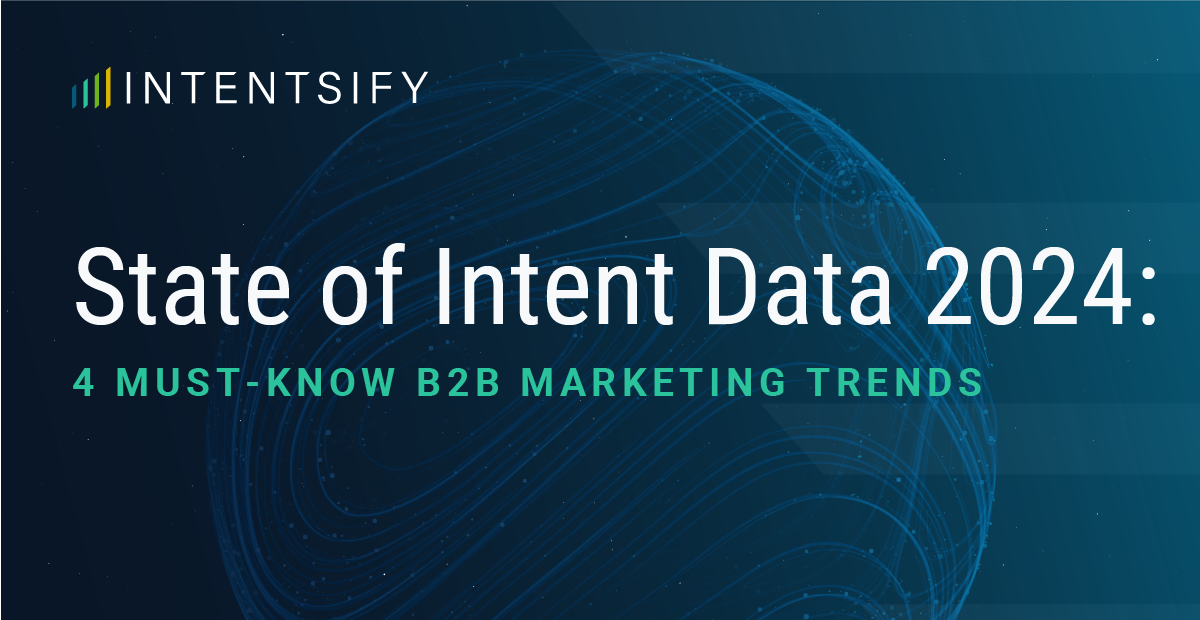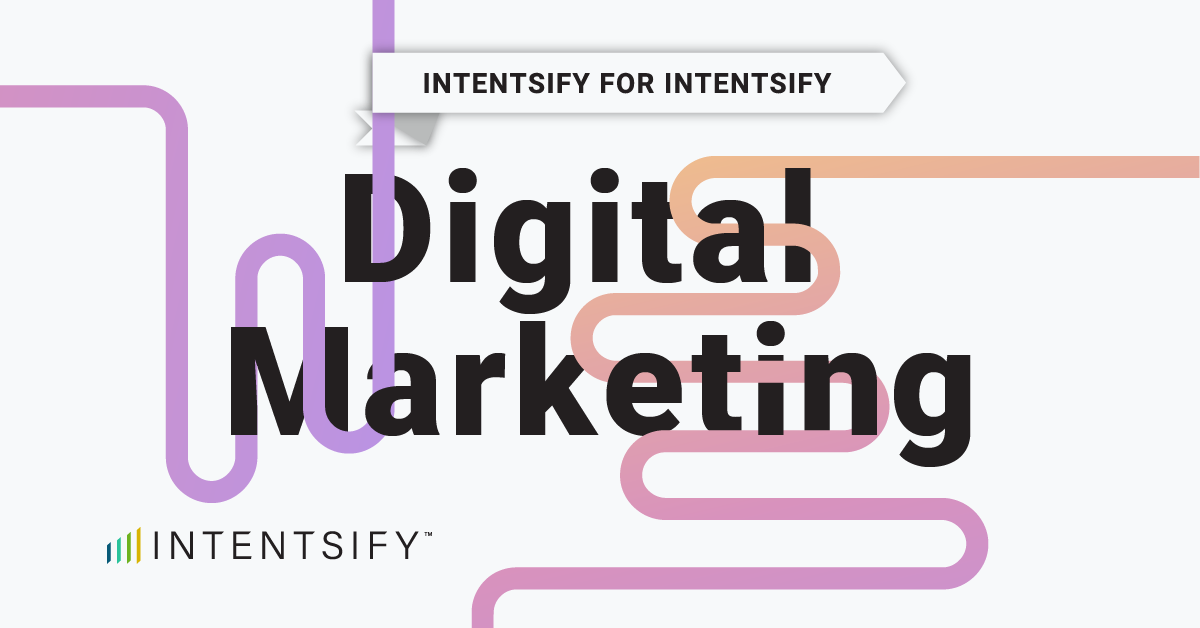As the B2B buying journey becomes more intricate, navigating the dynamics and decision-making processes within buying groups is critical for marketing and sales effectiveness. These groups are comprised of multiple stakeholders with diverse needs and perspectives and require a more nuanced approach than traditional sales tactics.
Fortunately, intent data has emerged as a powerful tool, providing valuable insights into the collective research activities and buying journey of these committees. By leveraging intent data, you can transform your B2B buying group engagement from a trial-and-error approach to a data-driven strategy, ultimately leading to impactful results.
What is Intent Data and How Does it Work with Buying Groups?
Intent data is a collection of information that indicates the online research behavior and purchase intent of companies. This data is gathered from various sources, including website visits (including first-party and third-party sites), search queries, content downloads, and social media engagement. By analyzing these signals, you can gain valuable insights into the specific topics and solutions that buying groups are actively researching and considering. These insights allow you to understand the collective needs of the buying committee, the intensity of their research, and where they are in the buyer’s journey.
Tracking Buying Group Research Activities with Intent Data:
Here are some ways you can utilize intent data to track the research activities of B2B buying groups:
- Keyword & Topic Analysis
- By monitoring relevant keywords and topics that buying groups are researching across third-party sites and social media platforms, you can identify which specific challenges, solutions, and products they are actively researching that align closely with your business.
- Website Activity Tracking
- In addition to analyzing the specific browsing behaviors of individuals within buying groups who visit third-party sites (e.g., publishers, co-ops, ad-supported websites, review sites), you should also monitor their activities on your website. This can reveal their specific needs and priorities within the group, but it also indicates they are later in the buying process and may be ready for sales engagement.
- Content Consumption Monitoring
- Track which pieces of content, such as white papers, case studies, and webinars, are being downloaded or viewed by members of buying groups through your brand awareness and demand generation programs. This can help you understand how to select the right content types to effectively engage with members of the buying group.
Transforming Insights into Impactful Engagement:
Once you have gained valuable insights from intent data, it’s time to translate them into impactful engagement tactics:
- Tailored Messaging
- By understanding the specific topics and challenges companies are researching, you can personalize your messaging to address the unique needs and concerns of the collective group. This ensures your communication resonates deeply with their needs and positions your solution as the ideal answer to their problem.
- Content Selection and Creation
- Use insights from intent data to inform your content strategy. Develop content that addresses the specific topics and pain points identified through data analysis. This ensures your content is truly relevant and valuable to the buying group, fostering trust and positioning you as a thought leader in their space. You can then leverage channels like content syndication and display advertising to distribute these pieces of content to the right buying groups, based on their unique research activities and research stage.
- Proactive Engagement
- Leverage intent data to identify buying groups in the early stages of their research journey. This allows you to proactively engage with these groups early enough in the buying cycle with on-target messaging – before they have already decided which solution to buy. Offer personalized consultations, relevant case studies, or insightful webinars to build relationships and demonstrate your expertise.
- Nurturing Relationships
- Utilize intent data to understand the individual needs and roles of different stakeholders within the buying group. This allows you to tailor your communication and engagement strategies to individuals, fostering relationships and increasing buy-in across the group.
Final Thoughts:
By harnessing the power of intent data, B2B businesses can transform their buying group engagement from a reactive to a proactive and data-driven approach. And when you have access to the key contacts within each buying committee showing relevant research activities, you can tailor messaging, personalize content, and strategically engage with buying groups at the right time, with the right message.
This ultimately leads to building stronger relationships, fostering trust, and closing more deals within the complex ecosystem of B2B buying groups. Remember, intent data is a powerful tool, but its true impact lies in the ability to translate insights into strategic actions that drive tangible results.
As you incorporate intent data into your B2B buying group strategy, ensure that your go-to-market teams are aligned and making decisions based on the same set of data and insights to ensure a consistent experience for buying groups. When executed well and with support from the right partners, you can transform mere insights to impactful engagement and ultimately, drive more pipeline and revenue for your business.






